 The container weapon system can disguise itself as a standard container to launch surprise attacks on enemy targets, achieving the goal of using the weak to defeat the strong. In recent years, more and more countries have been researching and testing in this area.In 2010, Russia was the first to introduce the Club-K container missile system, becoming the first country to equip a container missile system, attracting global attention. Subsequently, Israel successfully developed the LORA container missile system. The United States has also been active in this area, launching its own container weapon system.
The container weapon system can disguise itself as a standard container to launch surprise attacks on enemy targets, achieving the goal of using the weak to defeat the strong. In recent years, more and more countries have been researching and testing in this area.In 2010, Russia was the first to introduce the Club-K container missile system, becoming the first country to equip a container missile system, attracting global attention. Subsequently, Israel successfully developed the LORA container missile system. The United States has also been active in this area, launching its own container weapon system.
1. Russia’s Club-K Container Missile System
At the 2010 Asian Defense Exhibition in Malaysia, the Novator Design Bureau of Russia sensationally launched a model of the Club-K missile system that can disguise itself as a standard container. It was later exhibited at the 2011 Russian International Aerospace Exhibition.
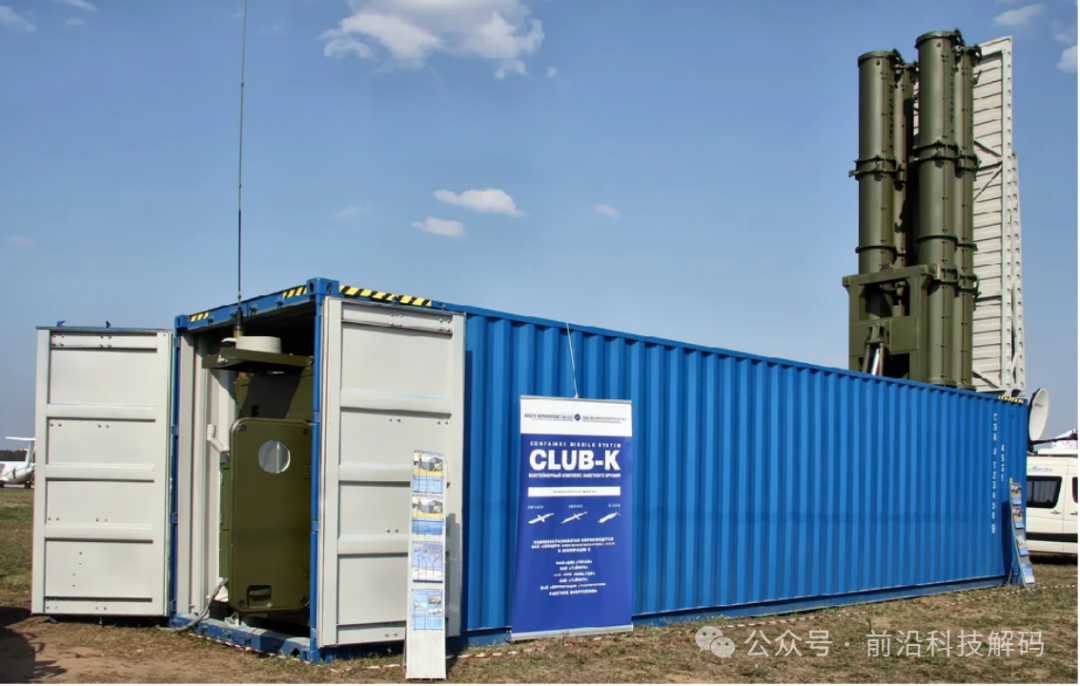
Figure 1: Club-K Missile System Exhibited at the 2011 Russian International Aerospace Exhibition
The Club-K container missile system consists of three standard container modules: a universal launch module, a combat management module, and an energy supply and life support module.
The universal launch module is used for the vertical launch and firing of missiles, mainly including a quadruple missile launch tube and missiles, supporting continuous launch of 4 missiles, and can launch four types of missiles: 3M-54KE supersonic anti-ship missile, 3M-54KE1 subsonic anti-ship missile, 3M-14KE subsonic land-attack missile, and Kh-35UE anti-ship missile, with a vertical hot launch method.
The combat management module is used for the daily maintenance and routine inspection of missiles, receiving target data and launch commands, calculating initial launch data, setting missile flight paths, preparing for launch, and controlling missile launches.
The energy supply and life support module is mainly used to power the universal launch module and combat management module, and to provide living support for missile launch personnel.
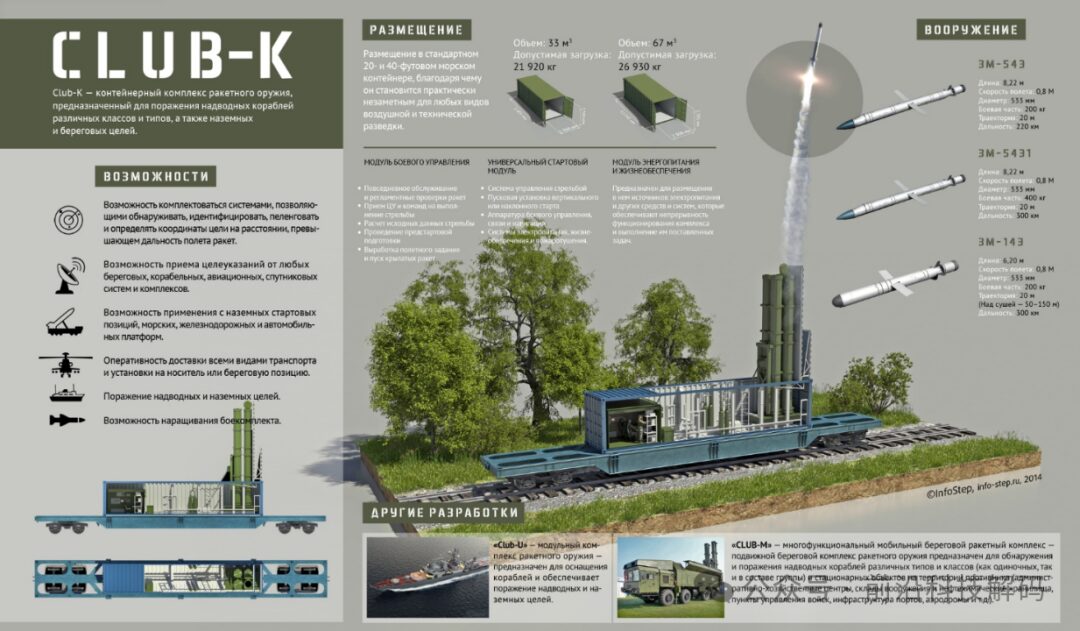
Figure 2: Club-K Missile System
From the above system, it can be seen that the Club-K container missile system has the following technical characteristics.
(1) It has a wide adaptability, making it easy to transport by ordinary commercial cargo ships, trucks, trains, and aircraft, and can be launched at sea or on land. The installation and deployment efficiency of the Club-K container missile system is relatively high.
(2) It mainly utilizes existing mature technologies, improving the missile system’s carrier to bring it closer to battlefield realities. There are not many breakthroughs in core technologies, but its unique creativity can produce a shocking deterrent effect.
(3) Because it mainly utilizes mature technologies and does not require specialized ships or launch vehicles for transport, the equipment cost is relatively low (each set of the Club-K container missile system is priced at £10 million).
The unique creativity and integrated design of the Club-K container missile system give it very distinctive combat usage characteristics.
(1) Extremely strong camouflage. The biggest feature of the Club-K container missile system is its strong camouflage, blending into container logistics, making it difficult for the enemy to scout and identify, thus ensuring concealment similar to that of submarines.
(2) Strong missile penetration capability. The Club-K container missile system can deploy and conceal itself in predetermined launch positions due to its strong camouflage, launching sudden strikes on enemy targets, making it difficult for the enemy’s air defense and missile defense systems to timely determine the direction, type, and quantity of incoming missiles, thus ensuring a powerful penetration effect.
(3) Because it can carry different types of missiles (3M-54KE supersonic anti-ship missile, 3M-54KE1 subsonic anti-ship missile, 3M-14KE subsonic land-attack missile, and Kh-35UE anti-ship missile), the Club-K container missile system can simultaneously strike surface and ground targets.
(4) A commercial cargo ship or a train can carry multiple sets of the Club-K container missile system, allowing for multiple consecutive launches, even firing dozens of missiles at once.
2. Israel’s LORA Container Missile System
The LORA missile is a short-range ballistic missile propelled by a single-stage solid rocket motor, consisting of a warhead compartment, instrument compartment, and solid rocket motor. It adopts a near-conical structure, with a double-cone shape at the head and four rear-swept wings at the tail for flight stabilization, without winglets or lift control surfaces. The LORA missile’s overall appearance is very similar to that of Russia’s Iskander missile, but it is smaller in size. The LORA missile has a total length of 5.2 meters, a diameter of 0.62 meters, and a launch weight of 1600 kilograms.

Figure 3: LORA Missile System
According to information released by the manufacturer, Israel Aerospace Industries (IAI), the targets that the missile can strike include enemy air bases, air defense missile systems, command posts, military facilities, and other high-value targets. The LORA missile can use a 440-kilogram high-explosive warhead against ordinary hard targets or a 600-kilogram penetrator warhead against deeply buried hardened targets, and can also carry submunitions. It has a range of 90-430 kilometers and uses GPS/INS mid-course guidance combined with terminal guidance via television, achieving a hit accuracy within 10 meters.

Figure 4: LORA Missile Launch Container
In recent years, Israel has been advancing the containerization of the LORA missile system. A mature land-based LORA container missile system has been developed, and a sea-based LORA container missile system is under testing.
In June 2017, Israel conducted a sea-based launch test of the LORA missile. During this test, a LORA missile was launched from the launch vehicle on a container ship, marking a substantial progress in Israel’s mobile base missile launch technology. This test involved relocating the LORA missile launch vehicle onto a ship and using a box-type launch device for missile launches, similar in concept to Russia’s Club-K container missile system.
In February 2020, Israel conducted another sea-based launch test of the LORA missile. This test fired two LORA missiles at predetermined targets, hitting targets at 90 kilometers and 400 kilometers away with extreme precision, marking that Israel has mastered the technology of launching missiles from mobile platforms at sea. However, there is currently no information indicating that Israel has successfully fully integrated the LORA missile into a container for sea transport and launch.
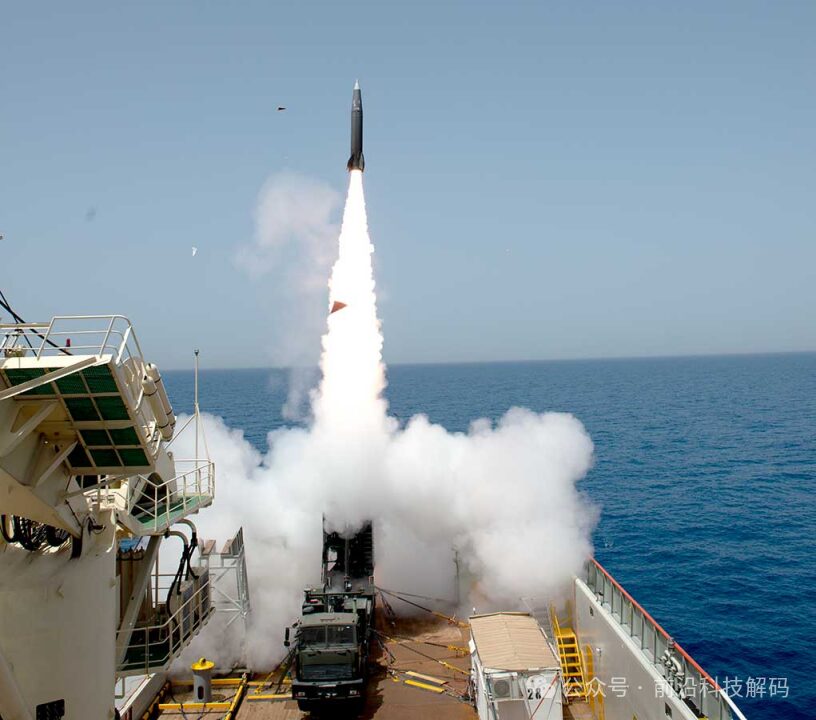
Figure 5: LORA Missile Sea-Based Launch Test
3. The United States Container Weapon System
(1) Container Anti-Radiation Missile System
In 2018, Northrop Grumman introduced a new anti-radar product—the container anti-radiation missile system—at the AUSA-2018 defense exhibition held in Washington. This system works in conjunction with the F-35 stealth fighter to form a new type of anti-radar system. The container anti-radiation missile system integrates the AARGM advanced anti-radiation missile launched by the U.S. military into a standard container, which is deployed in concealed positions during operations, with the F-35 stealth fighter detecting targets, providing targeting information, and finally launching the AARGM anti-radiation missile from within the container to strike the target.
(2) MK-70 Container Launch System
On October 24, 2023, the U.S. Navy Pacific Fleet Surface Forces Command announced that the USS Savannah, an Independence-class littoral combat ship, successfully launched a Standard 6 missile at a surface target during a demonstration in the Eastern Pacific.
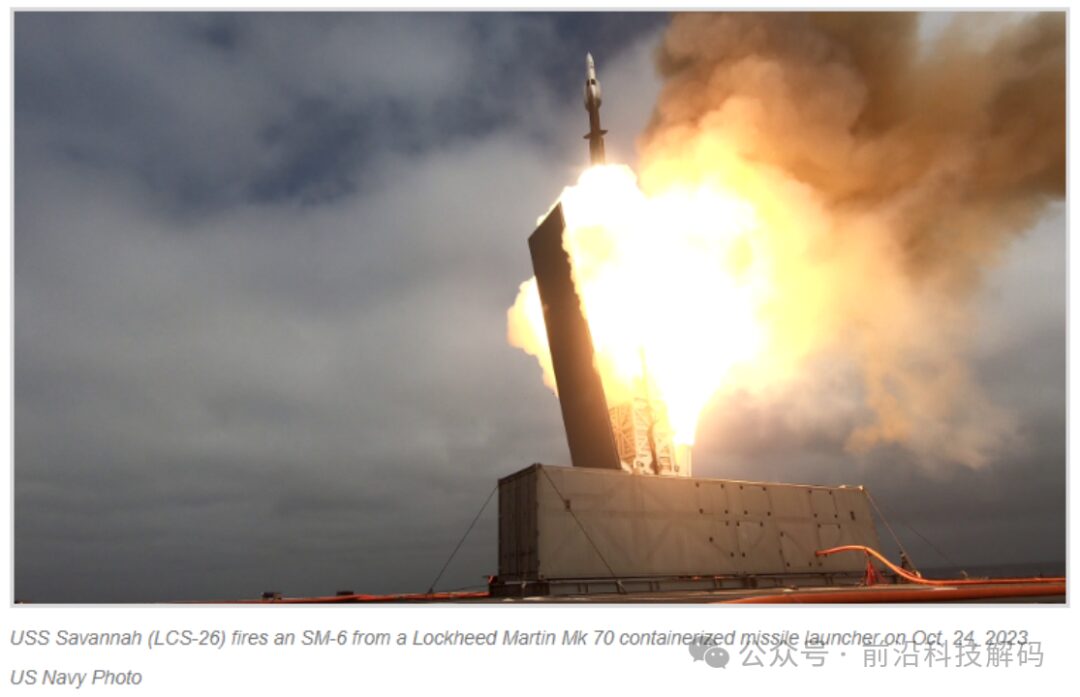
Figure 6: USS Savannah Launching a Standard 6 Missile Using the MK-70 Container Launch System
The official name of the container launch system is the MK-70 Payload Delivery System, which is based on the MK-41 vertical launch system and has four launch units. In addition to being compatible with standard series missiles, it can also launch Tomahawk land-attack cruise missiles with a range of 1600 kilometers.
In fact, in September 2021, the U.S. Department of Defense’s Strategic Capabilities Office moved the container launch system to the unmanned vessel USS Ranger, successfully test-firing a Standard 6 missile.
Additionally, the MK-70 Payload Delivery System has also been used as the launch portion of the U.S. Army’s Mid-Range Capability (MRC) missile system. In December 2022, Lockheed Martin delivered the first system to the U.S. Army, which has now received four sets of the Army version of the MK-70 container launch system. In early 2023 and June, the U.S. Army successfully test-fired a Standard 6 missile and a Tomahawk land-attack cruise missile using this system.
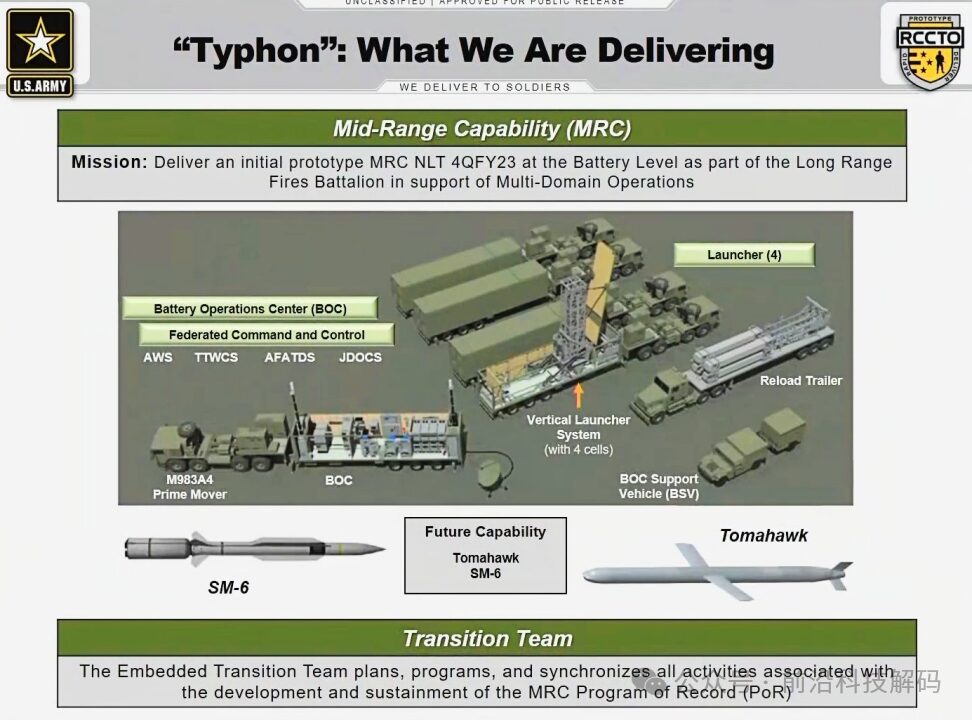
Figure 7: U.S. Army’s Mid-Range Capability (MRC) Missile System
Moreover, in September 2017, the Center for Strategic and International Studies released a video demonstrating the integration of Patriot missiles into standard containers, which could then be transported via road, rail, or ship to designated areas for surprise strikes on enemy aerial targets.
(3) Container Drone System
The U.S. Air Force’s container drone system mainly consists of standard cargo containers, XQ-58A Valkyrie drones, drone launch guidance devices, electrical control systems, and air-to-air/air-to-ground missiles carried by the drones. The XQ-58A drone is a high subsonic long-range unmanned combat aircraft with advanced stealth design and good stealth performance. This drone employs a design concept that combines traditional drones with cruise missiles, resulting in a system with lower manufacturing and operational costs.
Kratos Defense has rationally arranged the XQ-58A drone, engine booster device, launch guidance device, and control module within a standard cargo container through redesign and layout. During launch, the container’s top cover opens, the launch guidance device adjusts the launch angle, and the XQ-58A drone is propelled along the launch guidance device to take off. This launch mode does not require an airport runway and can be launched in various environments on land and at sea, demonstrating strong environmental adaptability. Additionally, the container drone system, housed in a standard cargo container, can be transported by truck, train, or ship, providing strong mobility and concealment, allowing for flexible deployment.
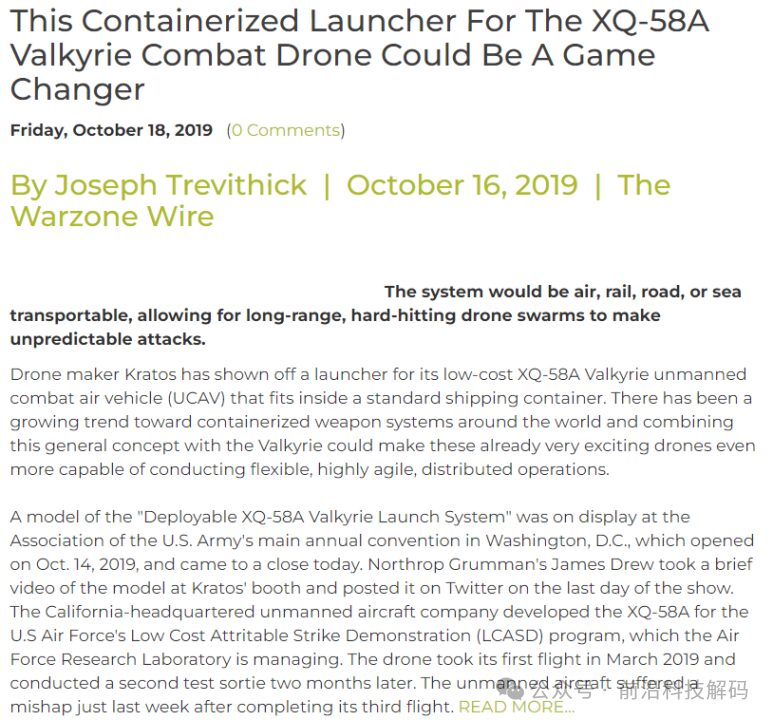
Figure 8: Kratos Defense’s Arrangement of the XQ-58A Drone and Launch System within a Standard Cargo Container
The XQ-58A drone has a length of about 9 meters, a wingspan of about 8 meters, a flight speed of 1 Mach, a flight altitude exceeding 13,000 meters, a maximum payload of 270 kilograms, and a maximum range of over 5,000 kilometers. Its air-to-ground and air-to-air missiles can conduct long-range surprise attacks and deep strikes on targets. According to relevant media analyses, if the container drone system is deployed in Guam, its operational radius can cover all major cities in East Asian countries. If deployed in Okinawa, Japan, it can penetrate deep into key areas for precise strikes, demonstrating formidable combat capabilities.
To learn more about the services offered by Sanmu Think Tank, please click on “Read Original” at the bottom of the article!
To learn about Sanmu products, please click on the “Sanmu Products” menu in the WeChat public account!
To contact Sanmu Think Tank, you can scan the QR code below to add Sanmu personnel and submit relevant intelligence collection, translation, compilation, and research requests.
